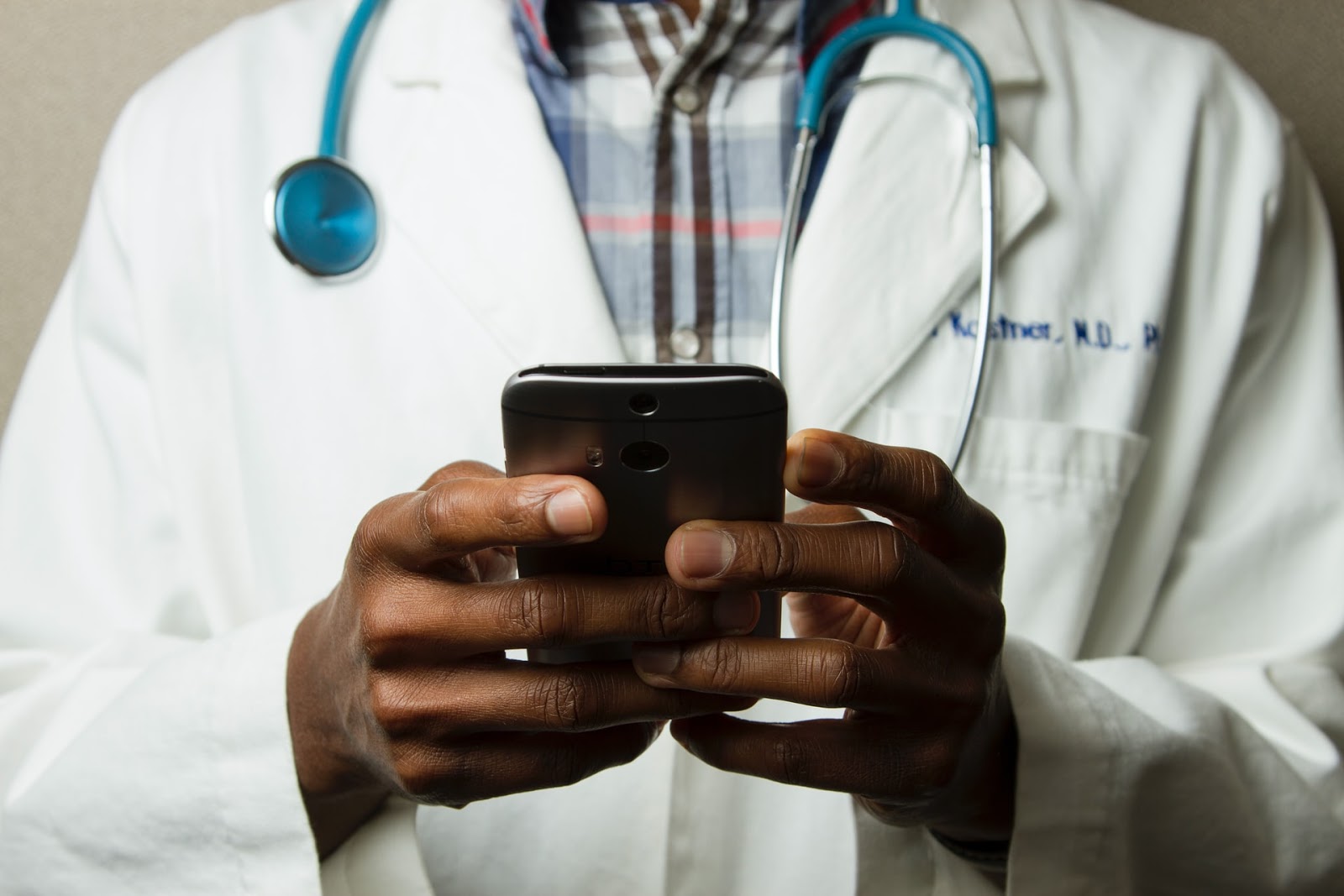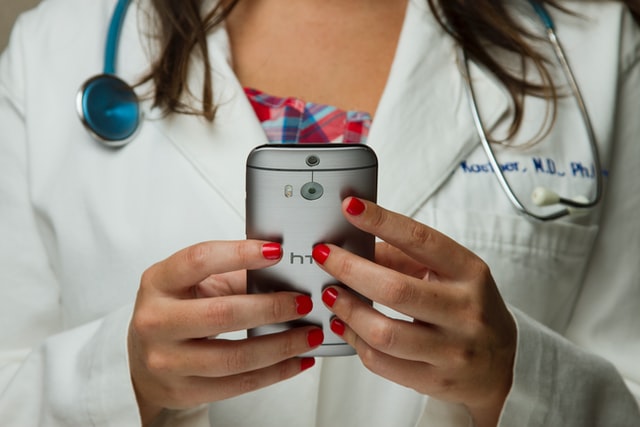Telehealth is one of the most transformative advancements in healthcare today, but its widespread adoption has not always been so obvious. Healthcare professionals and patients saw telemedicine’s convenience as a last-resort solution in exceptional circumstances. It was used on a need-be basis rather than as a tool that would usher in real change in the industry.
Until now, that is. In response to the global pandemic, healthcare providers are now using telehealth more than ever to communicate with their patients in a way that maximizes safety, convenience and accessibility.
Given the circumstances, implementing and extending telehealth capabilities to patients is critical to modernizing medical practices, hospitals, and skilled nursing facilities. However, a healthcare organization must understand how to roll out these services securely and in compliance with HIPAA; otherwise, telemedicine’s success — and your patients’ privacy — will be badly compromised.
One of the most prominent threats to privacy involves a lack of control or limitation on the collection, storage, and use of a person’s data.
For example, some patients benefit from the implementation of sensors that help to detect falls. While these sensors are intended for fall prevention, they can also collect and transmit other sensitive information to third-party apps, like a private conversation between a patient and their spouse. They can even indicate when a patient leaves their home, which, if this data were to be compromised, can leave them vulnerable to theft.
Some mobile health apps may even share data with third-party advertisers that use patient information as a marketing tactic. In 2011, Fitbit got in trouble after someone discovered that their devices were exposing the sexual activity of their users, information that companies would later use to send them targeted advertisements.
For healthcare organizations to have better control over their telehealth privacy settings, it’s recommended that whatever patient-facing app they use have at least one industry-accepted method for impeding remote access or identity theft. And with any information-sensitive platform, features like two-factor authentication can help to greatly reduce unauthorized access.
Because the use of these apps and devices occurs outside of a clinical care setting, it magnifies security concerns. Even as early as last year, the FDA found that certain insulin pumps were more susceptible to hacking, making users vulnerable to cybersecurity risks.
Additionally, downloading any unauthorized software onto a desktop can put patient security in jeopardy, even if the intent was to improve an existing telehealth system. In one instance, a staff member downloaded an e-file software that caused a breach of health information and resulted in medical identity theft.
For those spearheading operations at medical facilities, it’s your responsibility to offer specialized training to employees so they understand what they can and cannot do. One small mishap can bring about very serious consequences, both for you and your patients, so everyone at your facility must be properly educated on the correct protocols and regulations.
Of course, HIPAA compliance is a whole other can of worms. Telehealth has the potential to put electronic protected health information (ePHI) in danger and healthcare professionals must therefore carefully consider how virtual consultations and any related messages will be secured in transit.
Since these consultations will be recorded and important patient information must be digitally documented, it’s also critical to assess how this data will be stored and protected into the future. Additionally, healthcare professionals must constantly monitor all telehealth-related conversations to prevent or respond to potential data breaches as it applies to ePHI.
Telemedicine is a rapidly evolving system and is shaping up to alter the healthcare industry forever. However, privacy risks, security threats, and failure to comply with HIPAA regulations could undermine the transformative capabilities of this service. Forward-thinking organizations must know the risks in order to ensure their efforts are successful.




